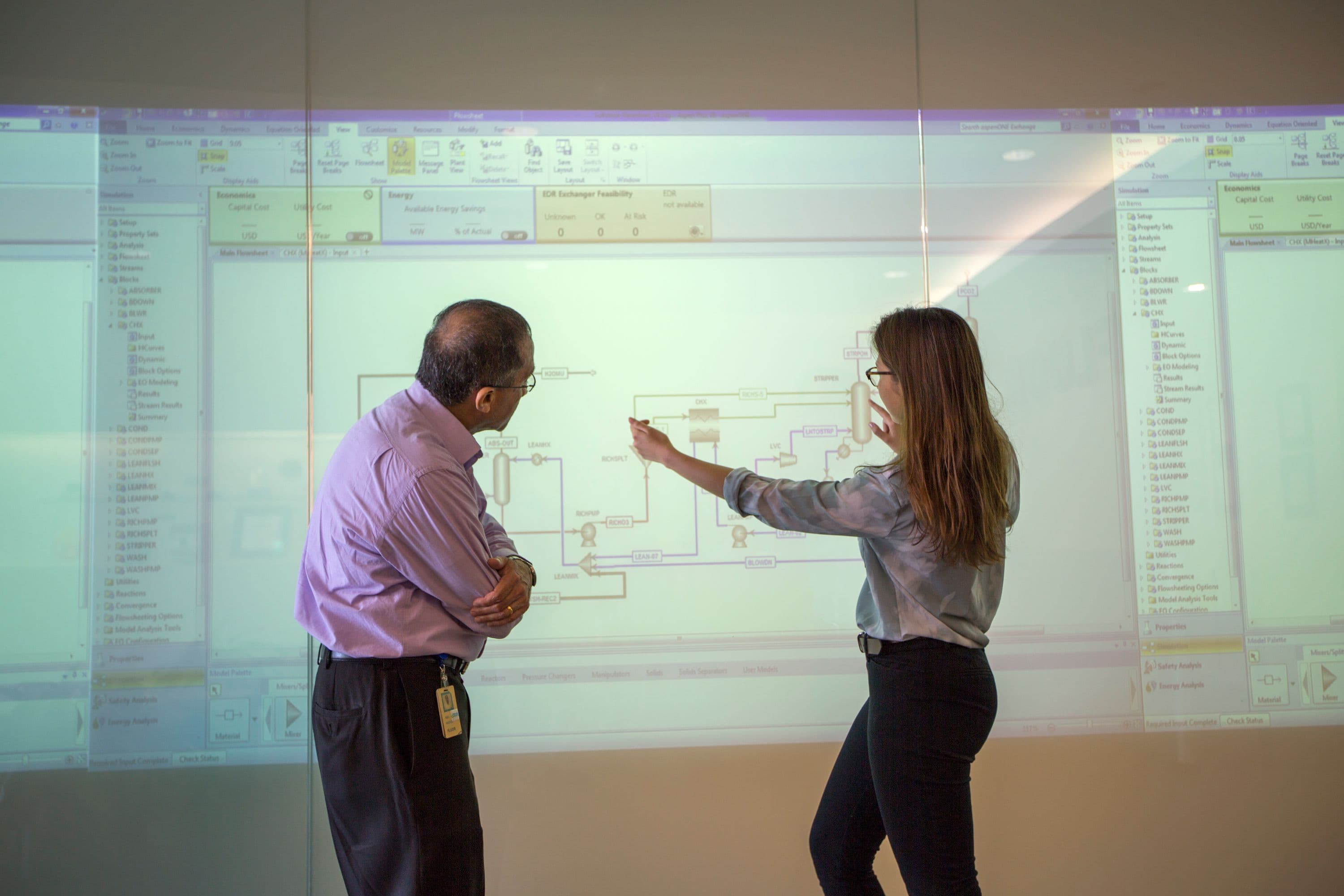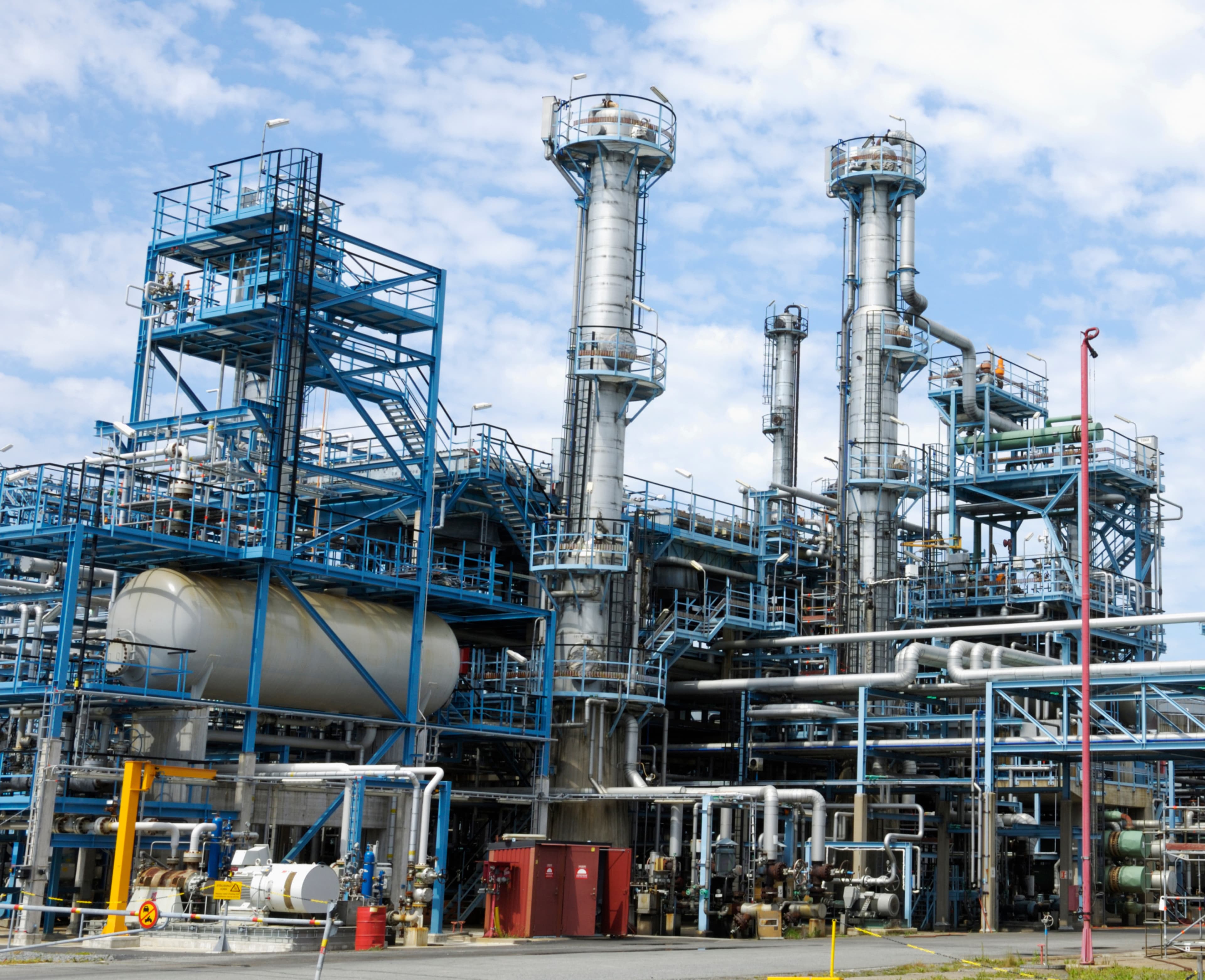

PNNL Biomass Process Research Augmentation
Client: Pacific Northwest National Lab (PNNL)
Location: Richland, WA, U.S.
Business Segments: Mission SolutionsEnergy Solutions
Industries: FuelsGovernment

Executive Summary
Pacific Northwest National Laboratory (PNNL) is one of the United States Department of Energy (DOE) national laboratories and is managed by the DOE's Office of Science and operated by Battelle. PNNL collaborated with Fluor to explore process and technology solutions for efficient and sustainable energy. As part of a larger effort to guide a number of research activities underway at PNNL, we were involved in three primary areas:
Selection of appropriate property methods at the HTL process conditions (pressure of 3000 psia and temperature at 350° C).
Investigation of Thermodynamic Property Packages Used for Hydrothermal Liquefaction (HTL) Aspen Plus™ Model
Development of Biomass Property Databases and Uncertainties of the Process Model
The techniques and process tools developed were expected to broadly aid PNNL’s chemical process technology, and specifically aid the HTL process technology.
Client's Challenge
PNNL's engineers and scientists utilize an interdisciplinary approach to address environmental, energy and national security challenges. Specifically for the energy sector:
PNNL's objective to increase the accuracy of the model (as compared to existing experimental data) regarding the estimation of biocrude properties, including viscosity, density, etc.
PNNL’s goal to define appropriate method to simulate the footprints of trace elements, especially elements P, K and other metal ions in the HTL process.
&w=3840&q=75)
Fluor's Solution
Following discussions between Fluor and PNNL, it was decided to use PNNL’s biomass technology as the process case. For the Aspen Properties mode 39 components representing biomass conversion were chosen.
Investigation of thermodynamic property packages used for the existing hydrothermal liquefaction (HTL) Aspen model provided mass and energy balances for high-level techno-economic analysis of biofuel processes being developed at PNNL.
Fluor was able to demonstrate:
Property patterns to develop reliable and accurate databases of physical properties.
The value of the Margules-based perturbation approach to quantitatively relate property uncertainties to design uncertainties.
&w=3840&q=75)
Conclusion
The techniques and process tools developed by Fluor have broad application to innovate and advance PNNL’s chemical process technology.
&w=3840&q=75)

&w=3840&q=75)

&w=3840&q=75)
&w=3840&q=75)
